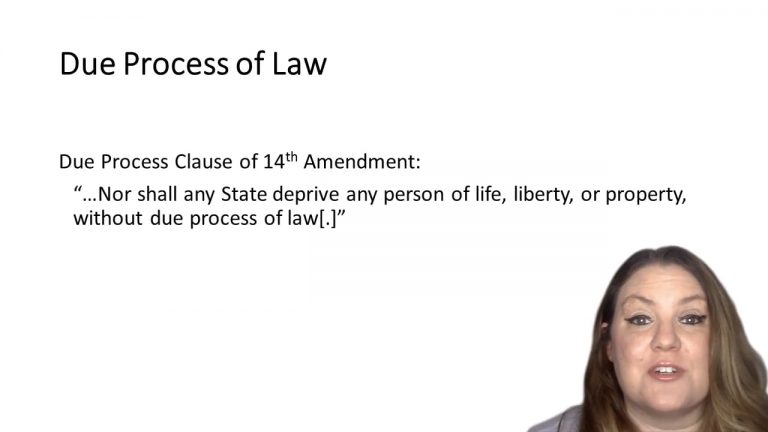SmartBrief
Confirm favorite deletion?
Constitutional Law Keyed to Rotunda
Home Building v. Loan Association v. Blaisdell
Citation:
290 U.S. 398 (1934)Facts
In 1933, during the Great Depression, Minnesota adopted a Mortgage Moratorium Law, which provided that, during the emergency declared to exist, relief may be had through authorized judicial proceedings with respect to mortgage foreclosures and execution sales of real estate, in the form of postponement of sales and extensions of periods of redemption. The law provided that it was to remain in effect only during the continuance of the emergency and in no event beyond May 1, 1935. The courts could not extend the period of redemption or postpone the sale beyond that date. The state courts were authorized to extend the period of redemption pursuant to the state Act enacted prior to this case. Blaisdell invoked the statute and secured a judicial order extending the period of redemption. Because of the extension, the mortgagee was unable to obtain possession as it would have been able to do had the statute not been enacted.
Only StudyBuddy Pro offers the complete Case Brief Anatomy*
Access the most important case brief elements for optimal case understanding.
*Case Brief Anatomy includes: Brief Prologue, Complete Case Brief, Brief Epilogue
- The Brief Prologue provides necessary case brief introductory information and includes:
Topic:
Identifies the topic of law and where this case fits within your course outline.Parties:
Identifies the cast of characters involved in the case.Procedural Posture & History:
Shares the case history with how lower courts have ruled on the matter.Case Key Terms, Acts, Doctrines, etc.:
A case specific Legal Term Dictionary.Case Doctrines, Acts, Statutes, Amendments and Treatises:
Identifies and Defines Legal Authority used in this case.
- The Case Brief is the complete case summarized and authored in the traditional Law School I.R.A.C. format. The Pro case brief includes:
Brief Facts:
A Synopsis of the Facts of the case.Rule of Law:
Identifies the Legal Principle the Court used in deciding the case.Facts:
What are the factual circumstances that gave rise to the civil or criminal case? What is the relationship of the Parties that are involved in the case.Issue(s):
Lists the Questions of Law that are raised by the Facts of the case.Holding:
Shares the Court's answer to the legal questions raised in the issue.Concurring / Dissenting Opinions:
Includes valuable concurring or dissenting opinions and their key points.Reasoning and Analysis:
Identifies the chain of argument(s) which led the judges to rule as they did.
- The Brief Prologue closes the case brief with important forward-looking discussion and includes:
Policy:
Identifies the Policy if any that has been established by the case.Court Direction:
Shares where the Court went from here for this case.
Topic Resources
Topic Outline
Topic Refresher Course

 2m 6s
2m 6s